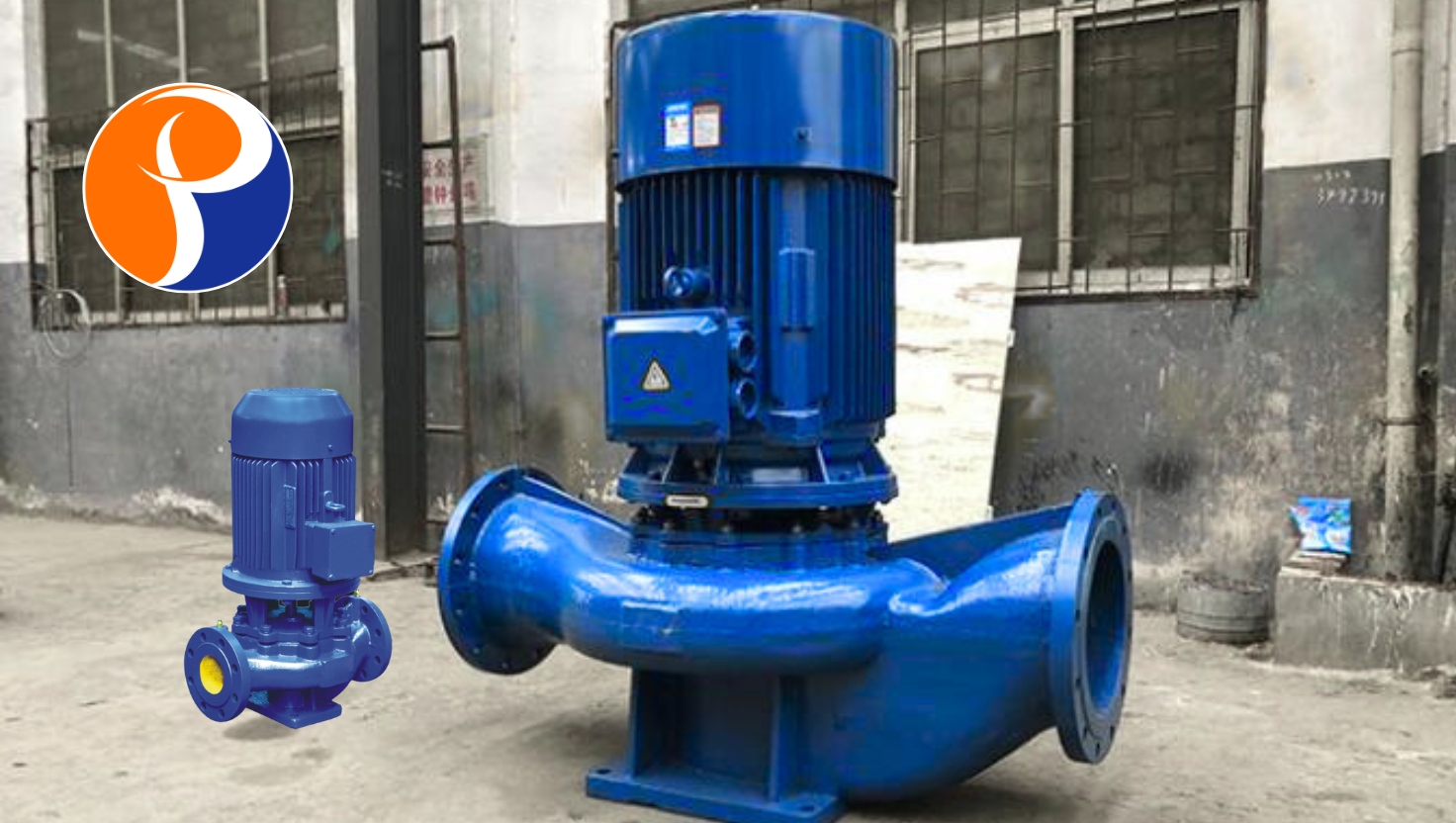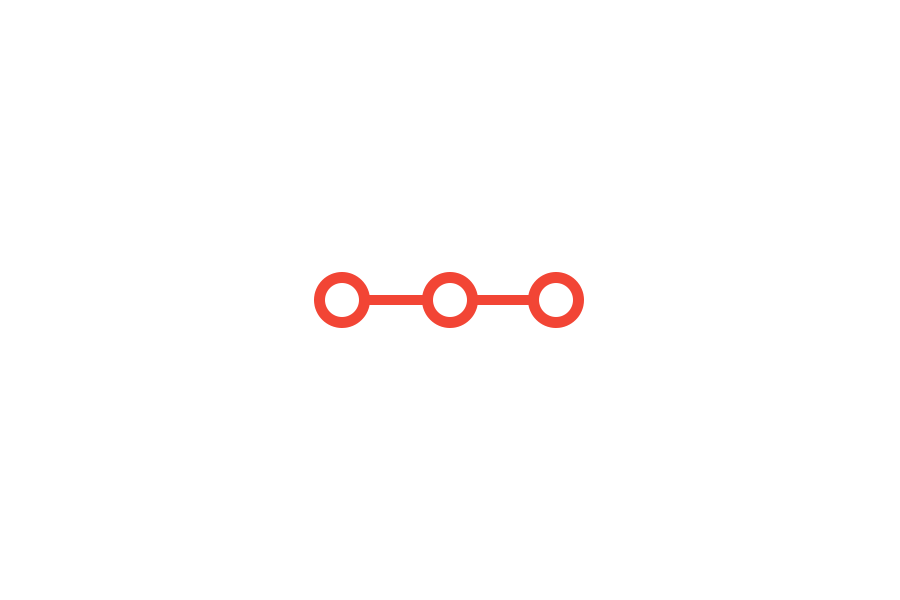
Inline Single Stage Pumps Maintenance and Service. Let’s be honest, the humble inline single-stage pump is the unsung hero of many buildings and industrial setups. It works tirelessly in the background, moving water for heating, cooling, and a zillion other applications, and we only really notice it when it starts making a noise like a spoon in a garbage disposal. Fear not! Keeping these workhorses happy isn’t rocket science. This guide from your friends at pumpsservices.com will walk you through the essentials of pump maintenance, ensuring your system runs smoothly for years. Think of this as a regular health check-up, but for your pump.
What in the World is an Inline Single Stage Pump?
Before we start poking around with tools, it’s crucial to know what we’re dealing with. An inline single-stage pump is designed to be installed directly into a pipeline—hence the “inline” part. The “single-stage” means it has one impeller that does all the heavy lifting to move the fluid. These are the go-to pumps for circulation duties, and you’ll often find models like the Grundfos inline pump or others from the extensive Grundfos pump catalogue performing these duties with quiet efficiency. Whether it’s a Grundfos circulation pump in your HVAC system or another brand, the basic principles of care remain the same.
Understanding your specific pump model is half the battle won. A Grundfos single-stage centrifugal pump operates on the same fundamental principle as many others, but always knowing your exact model, be it from the popular Grundfos pump models like the Grundfos CRN pumps, is a game-changer for finding the correct spare parts and technical data. Remember, not all pumps are created equal; a Grundfos submersible pump lives a very different life than a Grundfos surface pump, so always confirm you’re working on the correct type. This is where professional pump services can offer invaluable guidance.
The Golden Rules of Pump Maintenance: Prevention is Cheaper Than Cure
Good pump maintenance is not about heroic repairs but consistent, simple care. The first and most golden rule is to listen and feel. A happy pump has a steady, low hum. An unhappy one grumbles, vibrates excessively, or gets unusually hot to the touch. The second rule is to keep it clean. Dust, dirt, and debris are the natural enemies of any motor and can lead to overheating. A simple wipe-down during your rounds can prevent a world of hurt. These small habits are the foundation of reliable pump services.
Another critical aspect is ensuring the pump never runs dry. Running a pump without fluid is like revving your car’s engine without oil—a guaranteed shortcut to a breakdown. Always ensure the system is properly primed. Also, take a moment to check that the pump’s mounting bolts are tight. Vibration can loosen them over time, leading to misalignment and increased wear. A quick visual inspection can save you from a noisy, inefficient operation.
Your Step-by-Step Maintenance Checklist
Let’s break down the maintenance process into a simple, actionable checklist. You don’t need to be a certified engineer for this, just a bit of patience and attention to detail.
-
Visual Inspection: Before you touch anything, look for obvious signs of trouble, such as leaks, corrosion, or cracked cables. Your eyes are your best diagnostic tool.
-
Check for Unusual Noises and Vibration: Start the pump and listen. Banging, grinding, or excessive humming are all cries for help. Feel the pump body; significant shaking is a red flag.
-
Motor Bearing Lubrication: Keyword: Many motors in single-stage pumps have sealed bearings, but some older models require periodic lubrication. Refer to your manual! Over-greasing can be as bad as under-greasing.
Diving Deeper: The Semi-Annual Service
Once you’re comfortable with the basic checks, it’s time for a slightly more involved service. This is where you ensure your inline single-stage pump’s long-term health and peak performance.
-
Electrical Check-Up: Safety first! Always isolate the pump from the power source before any electrical work. Check the terminal box for moisture and signs of burning, and ensure all connections are tight. A loose wire can cause a multitude of mysterious problems.
-
Impeller and Seal Inspection: This is a bit more hands-on. After power isolation and closing the isolation valves, you can open the pump casing to inspect the impeller for wear or clogging. Also, check the mechanical seal. A leaking seal is one of the most common reasons for pump failure. If you see water dripping from the seal area, it’s time for a replacement.
When to Call the Pros at pumpsservices.com
There’s no shame in calling for backup. While daily checks and basic cleaning are well within a handyman’s skills, some tasks demand a professional touch. If your pump is making a sound that scares the neighbors, has a significant leak you can’t control, or just refuses to start despite your best efforts, it’s time to pick up the phone. Complex issues like complete motor burnouts or critical seal failures are best left to experts who live and breathe pump services.
We at pumpsservices.com have seen everything and have the parts and knowledge to get your system back online quickly. Whether you need a specific seal for a Grundfos CRN pump or advice on the right model from the Grundfos pump catalogue for a replacement, we’re here to help. Don’t let a minor problem become a catastrophic failure that halts your operation. A quick professional service can often prevent a costly repair bill.
Conclusion: A Little Care Goes a Long Way
An inline single-stage pump is a marvel of simple, effective engineering. By giving it a little regular attention—listening to its hum, keeping it clean, and following a basic maintenance schedule—you can extend its life dramatically. Remember, the goal is to keep the water flowing and the weird noises away. For everything else, from spare parts to major overhauls, remember that the team at pumpsservices.com is just a call or an email away.
Do you have a pump problem, or do you just want some friendly advice? Contact us!
Phone: +966597747661
Email: info@pumpsservices.com
